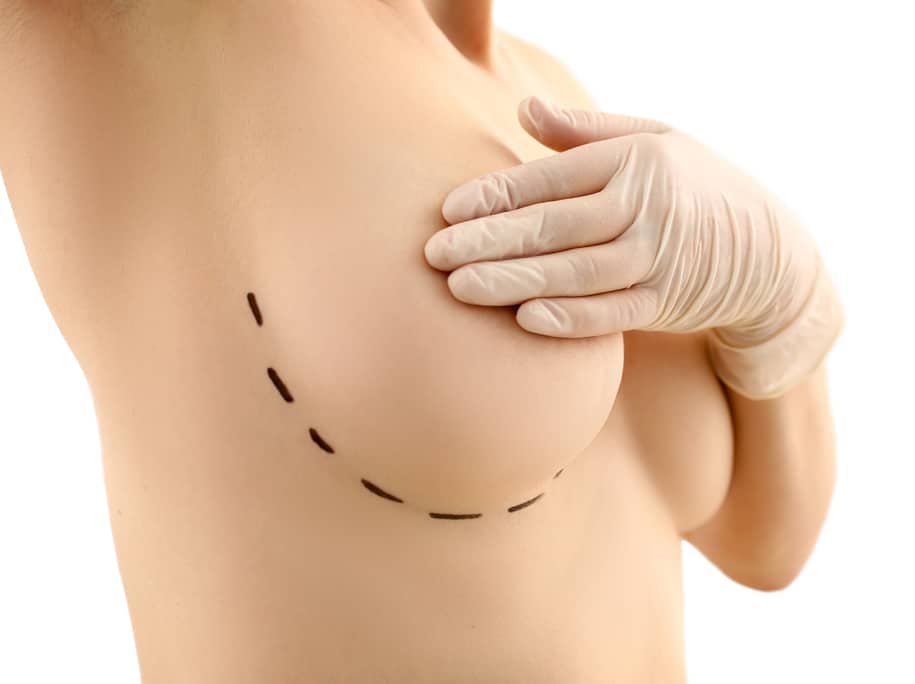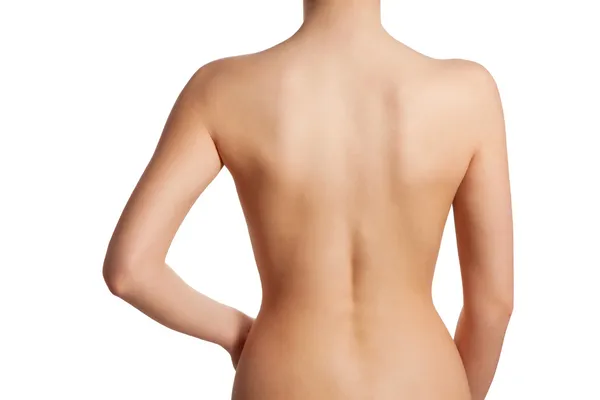Inverted Nipple Correction: Mastering the Double Triangle Technique
Understanding Inverted Nipples
Definition
Inverted nipples differ from the usual protrusion seen in normal nipples. They retract inward instead of pointing out. This condition affects both men and women, making it a widespread concern.
Inverted nipple correction aims to bring these nipples outwards. The process enhances their appearance and functionality.
Causes
Several factors lead to inverted nipples. Congenital reasons are common, meaning some people are born with them. Others may develop this condition due to changes over time, such as after surgery or significant weight fluctuations.
Hormonal shifts and aging can also contribute to nipple inversion. These causes highlight the complexity of the issue.
Impact
Inverted nipples can significantly affect self-esteem. Many individuals feel self-conscious about their appearance due to this condition. It’s not just a cosmetic issue; it impacts personal well-being deeply.
Moreover, inverted nipples may hinder breastfeeding capabilities. This challenge adds another layer of concern for affected mothers, impacting both their experience and their baby’s nutrition.
Overview of Double Triangle Suture Technique
Surgical Approach
The Double Triangle Suture Technique stands as a revolutionary surgical method for correcting inverted nipples. It involves precise incisions and the strategic placement of sutures to achieve nipple protrusion. This technique is celebrated for its minimally invasive nature, drastically reducing recovery time.
Surgeons begin by making small cuts around the nipple base. They then create dermal flaps underneath the nipple. These flaps are crucial in providing support and maintaining the nipple’s new position.
Minimally Invasive
One of the most appealing aspects of this technique is its minimally invasive approach. Patients experience minimal discomfort and a significantly shorter downtime compared to traditional methods. The use of local anesthesia further ensures a comfortable procedure.
Small stitches are used to secure the nipple in place, which dissolve on their own over time. This eliminates the need for a follow-up visit to remove sutures.
Adaptability
The Double Triangle Suture Technique shines in its adaptability to different degrees of nipple inversion. Whether it’s a mild case or more severe forms, this method offers tailored solutions.
Surgeons adjust the number and placement of sutures based on the severity of inversion. This flexibility ensures that each patient receives personalized care, resulting in optimal outcomes.
Significance of Preserving Lactiferous Ducts
Breastfeeding Role
Lactiferous ducts are crucial for breastfeeding. They transport milk from the mammary glands to the nipple. Preserving these during inverted nipple correction is vital.
It ensures mothers can breastfeed after surgery. Damage to these ducts can hinder milk flow, affecting breastfeeding ability. Thus, surgical techniques aim to minimize harm.
Double Triangle Technique
The Double Triangle Technique plays a significant role here. It’s designed to preserve lactiferous ducts while correcting inverted nipples.
This method involves minimal incisions and careful manipulation. It reduces the risk of damaging these essential ducts. Surgeons favor this technique for its effectiveness and safety.
Breastfeeding Post-Surgery
Maintaining the ability to breastfeed post-surgery is a major concern for many women. The preservation of lactiferous ducts makes this possible.
Women who undergo correction using the Double Triangle Technique often retain full functionality. This means they can experience the joys of breastfeeding without complications.
Procedure Materials and Methods
Surgical Tools
Surgical techniques for inverted nipple correction, particularly the Double Triangle Suture Technique, involve specific instruments. Surgeons use fine needles and nylon sutures for precise stitching. They also employ small scissors for delicate cuts around the nipple’s central portion. These tools are crucial for ensuring minimal trauma to the lactiferous ducts.
Surgeons carefully select these materials to provide optimal outcomes. The nylon sutures are chosen for their durability and minimal reaction with body tissues.
Pre-operative Steps
Before surgery, thorough patient evaluation is essential. This step includes a detailed history to understand the degree of nipple retraction and previous attempts at correction, if any.
The marking of the nipple is a critical pre-operative step. Surgeons draw precise lines on the nipple’s surface to guide the incisions. This planning ensures that the correction addresses the retraction effectively while preserving lactiferous ducts’ function.
Post-operative Care
After surgery, proper post-operative care is vital for healing. Recommendations include keeping the area clean and dry to prevent infection. Patients must avoid excessive pressure on the corrected nipple during early recovery.
Surgeons advise wearing soft, supportive garments and avoiding strenuous activities. Regular follow-up appointments allow monitoring of healing progress and early detection of potential complications.

Outcomes and Success Rates
Success Rates
The Double Triangle Suture Technique has shown promising results. Studies reveal a high satisfactory outcomes rate, with nipple projection maintained effectively over time. This is crucial for those who seek long-term solutions.
Patients often report significant improvements. The technique’s success lies in its meticulous approach, ensuring the nipple remains erect longer than many traditional methods.
Patient Satisfaction
Satisfaction levels among patients are notably high. Aesthetic outcomes are generally praised, with many appreciating the natural look and feel post-surgery. Preserved nipple sensation is a key factor contributing to overall satisfaction, allowing patients to enjoy not just visual but sensory normalcy as well.
Complications are rare but can occur. Postoperative complications like minor infections or slight necrosis at the base of the nipple have been noted in a small percentage of cases. However, these issues are typically manageable and do not detract significantly from the positive results.
Complications
While the procedure boasts low rates of recurrence and functional problems, it’s important to acknowledge potential risks. In very few cases, grade III inverted nipples may present a higher risk of complications such as necrosis.
This highlights the importance of selecting an experienced surgeon and understanding all possible outcomes before proceeding. Despite these risks, the overwhelming majority of patients experience no severe side effects.
Benefits of the Double Triangle Technique
Minimal Scarring
The double triangle technique stands out for its minimal scarring. Unlike traditional methods, this innovative approach ensures that incisions are small and strategically placed. Patients often report barely noticeable scars post-recovery. This aspect is crucial for those concerned about aesthetic outcomes.
They find comfort knowing their physical appearance will remain largely unchanged.
Quick Recovery
Another significant advantage is the quick recovery time. Patients can expect to resume their daily activities shortly after the procedure, a testament to the technique’s efficiency. This quick turnaround minimizes disruption in one’s life, making it a preferred choice for individuals leading busy lifestyles.
The ability to quickly bounce back and integrate into normal routines without prolonged downtime sets this method apart from others.
Breastfeeding Preservation
Preserving the ability to breastfeed is a critical concern for many considering nipple correction. The double triangle technique boasts a high success rate in maintaining breastfeeding functionality. This benefit cannot be overstated, as it addresses a fundamental worry among patients planning to have children in the future.
They appreciate the peace of mind knowing that this procedure supports not just cosmetic, but also functional outcomes.
Patient Consent and Ethical Considerations
Informed Consent
In the journey towards inverted nipple correction, understanding and agreeing to the procedure is crucial. Patients should receive comprehensive information about what the surgery entails. This includes potential risks and expected outcomes. A private clinic often provides detailed consultations to ensure this.
They must grasp the specifics of their chosen method, such as the Double Triangle Technique, and what it aims to achieve. Knowing possible side effects or complications is also vital. This transparency builds trust and ensures patients make informed decisions about their bodies.
Ethical Concerns
Performing cosmetic surgeries, especially on minors, raises significant ethical questions. It’s not just about physical readiness but also psychological maturity. Before proceeding, a thorough psychological evaluation helps assess if the minor comprehends the long-term impact of their choice.
For all patients, ensuring they’re seeking correction for personal reasons rather than external pressure is essential. This safeguard protects individuals from making decisions they might later regret.
Post-Op Care
After surgery, a clear guideline for follow-up care is necessary to monitor healing and address any concerns promptly. Private clinics should offer resources for dealing with complications or dissatisfaction with results. Ensuring patient well-being post-operation is as critical as the procedure itself.
Closing Thoughts
Inverted nipple correction, especially through the Double Triangle Suture Technique, offers a promising solution for those of you looking to address this concern. Understanding the procedure, its benefits, and the importance of preserving lactiferous ducts highlights how advancements in cosmetic surgery can significantly enhance quality of life. Your journey towards achieving the desired aesthetic outcome doesn’t have to be daunting. With high success rates and ethical considerations at the forefront, this method stands out as a reliable option.
Remember, choosing the right procedure involves being well-informed. If you’re considering inverted nipple correction, consult with a qualified healthcare provider to discuss your options. Take the step today towards feeling more confident in your skin. Let your transformation begin.
Frequently Asked Questions
What are inverted nipples?
Inverted nipples are a common condition where the nipple retracts into the breast, instead of pointing outward. This can affect one or both breasts.
How does the Double Triangle Suture Technique work for correcting inverted nipples?
The Double Triangle Suture Technique is a surgical method that repositions and secures the nipple in an outward position without significantly affecting the lactiferous ducts, preserving breastfeeding potential.
Why is it important to preserve lactiferous ducts during correction?
Preserving lactiferous ducts is crucial because it maintains the ability to breastfeed post-surgery, ensuring that nipple correction does not compromise natural breast functions.
What materials are used in the correction procedure?
The procedure typically uses specialized sutures and sometimes small anchors to secure the nipple in its new position, ensuring durability and minimizing scarring.
What are the success rates of this corrective surgery?
Success rates are high, with most patients achieving permanent correction of inverted nipples and significant improvement in appearance and self-esteem.
What are the benefits of choosing the Double Triangle Technique?
This technique offers a minimally invasive option with high success rates, minimal scarring, preservation of breastfeeding capabilities, and quick recovery times.
How is patient consent obtained for this surgery?
Patient consent involves a detailed discussion about the procedure, risks, benefits, and expected outcomes to ensure informed decision-making. Ethical considerations also include respecting patient autonomy and confidentiality.






